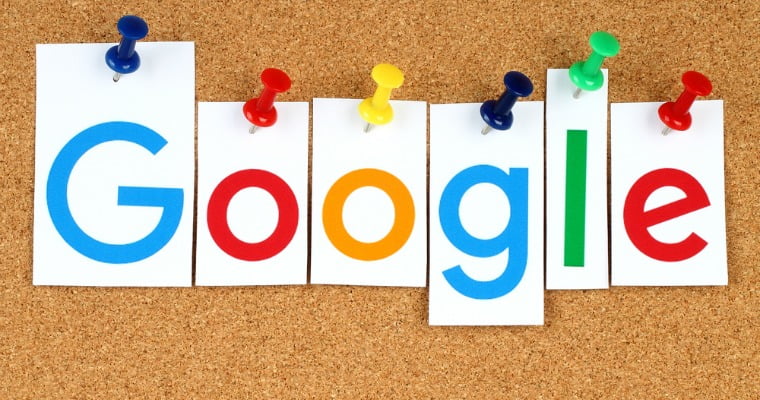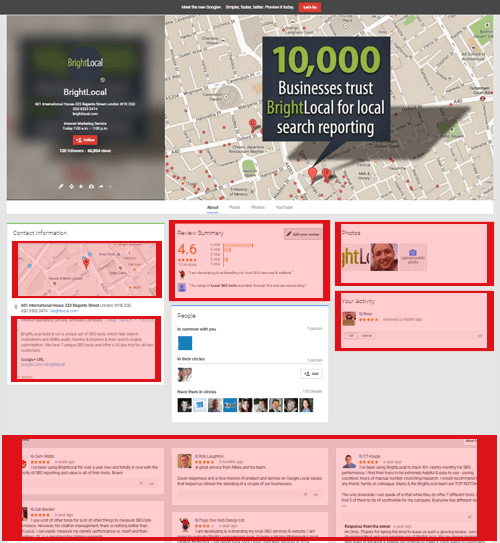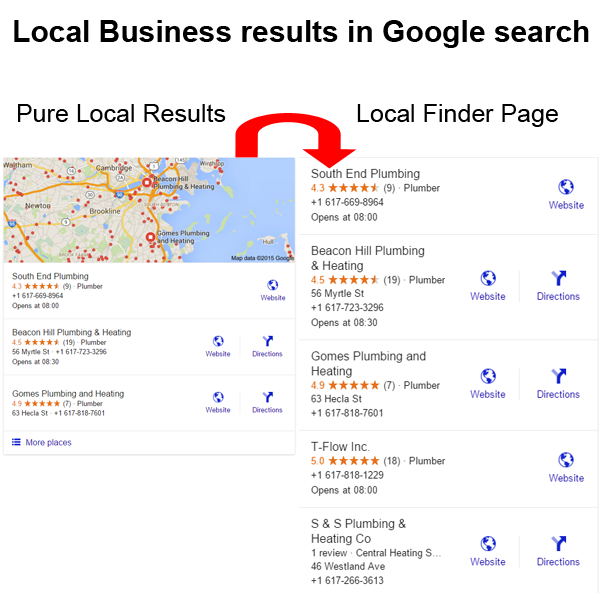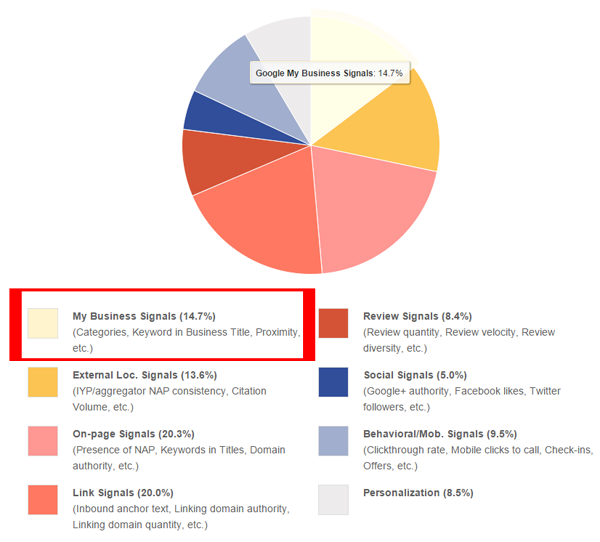

So, guess what? Google has changed the way they show local results! Again!
For those of us who operate in and around the local search industry this change is just another in a long string of functionality changes, display updates, and rebrands that Google Local has been through in recent years.
The latest change came out of the blue on November 17th. Google gave very little warning or explanation to business owners about these changes, which has created plenty of confusion and frustration among many SMBs. It feels like Google has ripped the rug out from under their feet and they’re left wondering whether it’s worth bothering with local search any more.
In this post I’ll explain what Google has changed, why it’s changed, and why Google Local is still a huge opportunity for local businesses to attract new customers.
What has Google Changed?
These changes are entirely centered on Google+ Local pages. Up until recently these pages displayed all the useful & important data that Google holds about a business, and Google linked to these pages from local and map search results.
In September, Google removed the links from Search Results to Google+ Local pages and now they have removed most of the business data from them.
The new look Google+ is a place for ‘interests’, with an emphasis on its ‘Communities’ and ‘Collections’. I explain more about these later in this post.
The most important point for business owners to understand from this change is that Google is still committed to local search & giving searchers information about local businesses, but they no longer think that Google+ is the right place to display business information.
So let’s take a look at the changes & compare old vs new.
Old Style Google+ Page
The image below shows the old Google+ interface which displays plenty of useful and important information about a business (note that Google still offers a link “Back to classic G+” so you can still view this old style page, but this won’t be forever).
I’ve highlighted a number of sections in red to show which info/content has been stripped away in the new interface.

This old style page was rich with content that was relevant to local businesses, including map, photo uploads, business description, and reviews. However, the new G+ pages no longer display the following features and info:
- Reviews / Star Rating
- Business Categories
- Maps / Directions
- Photo uploads / Interior photos
- Opening hours
- OpenTable/ Apps integration
So if we take away all those features, what are we left with?
New Google+ Page

The first thing you will notice is that the new Google+ is much simpler, and also more mobile friendly. According to Google, it focuses on ‘simple navigation and improved search’.
But there is almost no information about the business.
In the red circle I’ve highlighted a very discreet ‘info’ icon. Clicking on the info icon opens up an ‘About’ page, which loads the following pop-up which does contain very basic contact info:

What are Communities and Collections?
The new Google+ is geared towards sharing content with those who share similar interests. Communities and Collections are areas on Google+ where users can find people with similar interests, and share content related to those subjects.
- Communities – Google states that Communities now average 1.2 million new joins per day, and allows users to immerse themselves in content they are interested in, such as Star Wars or SEO.
- Collections – Launched just five months ago, Collections are growing even faster and broadly focus on more creative or niche groups, such asZombie Cats and Motorcycle Art.
Why has Google Made These Changes?
Google+ started life as a social network, but for a number of reasons it never really took off and Google is systematically breaking it up and keeping only the pieces that did work – e.g. Photos, Communities, and Collections.
Google+ Local piggybacked on G+ and became the place that Google displayed local business data. It always felt like an odd association – social features with business information – and now that association is ending.
As I said above, Google is still staunchly committed to providing quality local information, but this isn’t via Google+ anymore.
What Does the Change Mean for Local Businesses?
The change doesn’t have a material impact on local businesses. The reality is that very few search users actually visited/used Google+ Local pages because they got the information they needed from within search results pages.
Google+ Local pages are mostly used by business owners or SEOs to help them check, audit, and manage their business information. From this perspective, the change is annoying but shouldn’t affect how local businesses attract new customers from Google.
Google still presents local business data prominently in both normal search results and in map results (see screen shots below)
In fact Google now shows local/map results for more search terms than ever before – because they know that searchers want local information. Great news for local businesses!

We can see that on a typical search for a local service / product (in this case “Plumber Boston MA”), Google gives plenty of real estate to local business websites; not only in the three pack (left), but also in the additional results featured on the Local Finder page (right).
Google’s relationship with local hasn’t changed. Local search optimization has never been just about Google+ pages, and over the years Google has demonstrated its commitment to showcasing not just large, popular brands, but also small and local businesses that can serve a users’ needs.
Google My Business: Still the Place to Update Your Business Data
Nothing with Google My Business (GMB) has changed and you should continue to use your dashboard to manage your business information. The data from your GMB dashboard will show up everywhere that Google deems necessary; notably in Google Search, Maps, mobile search, and the Knowledge Graph.
In the annual Local Search Ranking Factors study, GMB signals made up 14.7% of the overall ranking factors (see image below). This is not going to change overnight, so Google is still very much focused on local, and there is little need for SEOs and local business owners to worry about changes to Google+.

Still Not Convinced?
If you, or a client, still have doubts about the effectiveness of Google/Local Search to drive new customers, then here are some tasty stats to convince you of the continuing power of Local Search:
- 97% of consumers use the internet when researching local products/services (Source: BIA/Kelsey)
- 43% of consumers search every month for a local business (Source: BrightLocal Local Consumer Review Survey, 2015)
- The number one reason for an online search is to find the location of a ‘known’ business (Source: comScore, Neustar Localeze, 15 Miles – Local Search Study, 2014)
- 78% of mobile searches for local businesses result in a purchase (Source: Local Search Association Conference, 2014)
- Local Search delivers better ROI than all other online channels (Source: BrightLocal Clicks & Calls Survey, 2015)
- 34% of SEOs/SMBs would choose Local search above any other marketing channel (Source: BrightLocal Clicks & Calls Survey, 2015)
[“source-searchenginejournal”]

